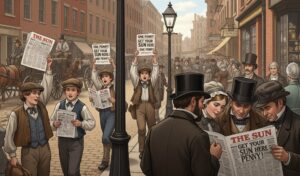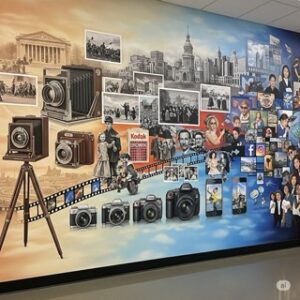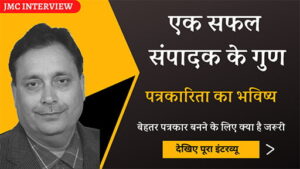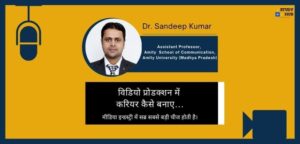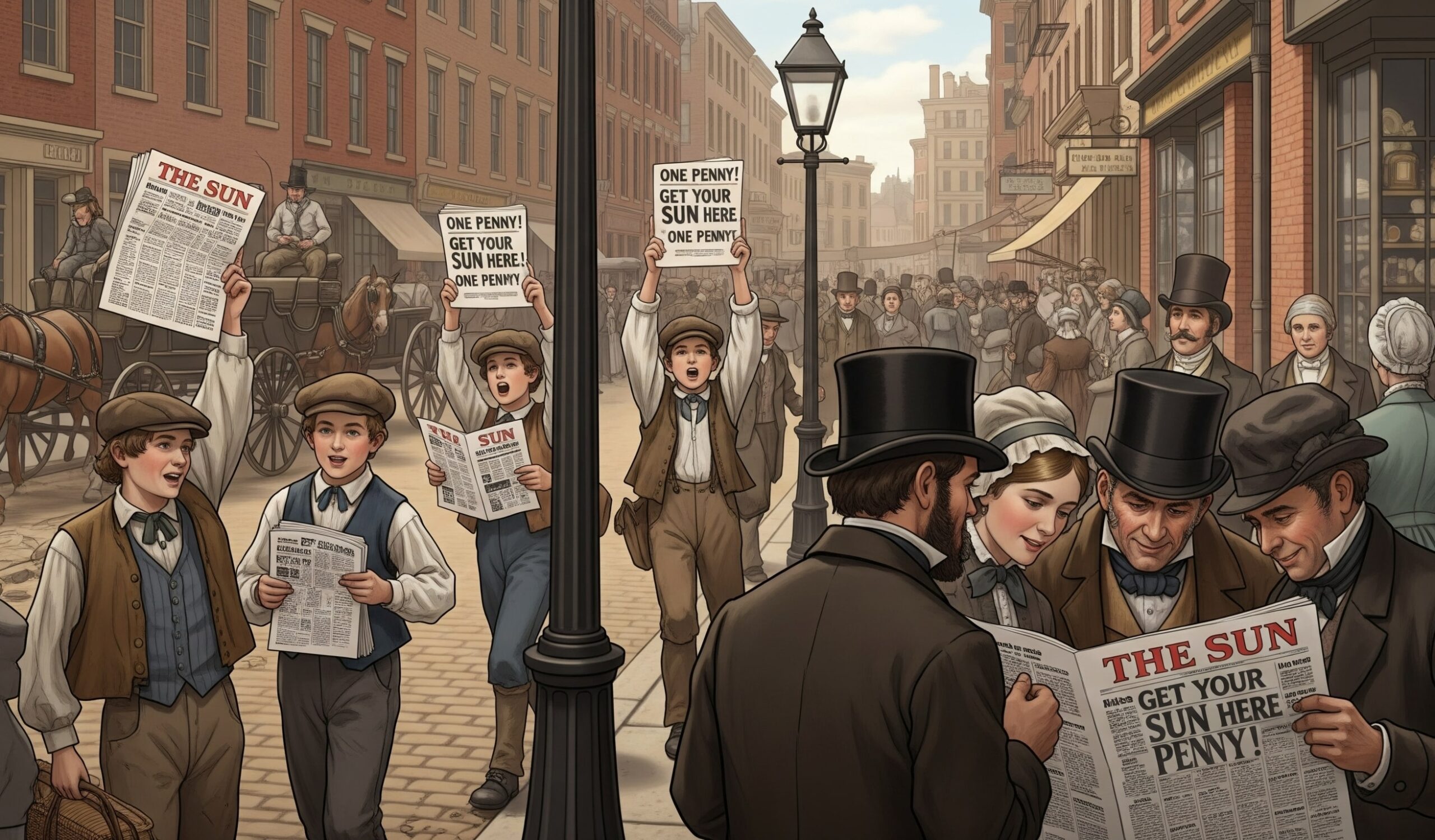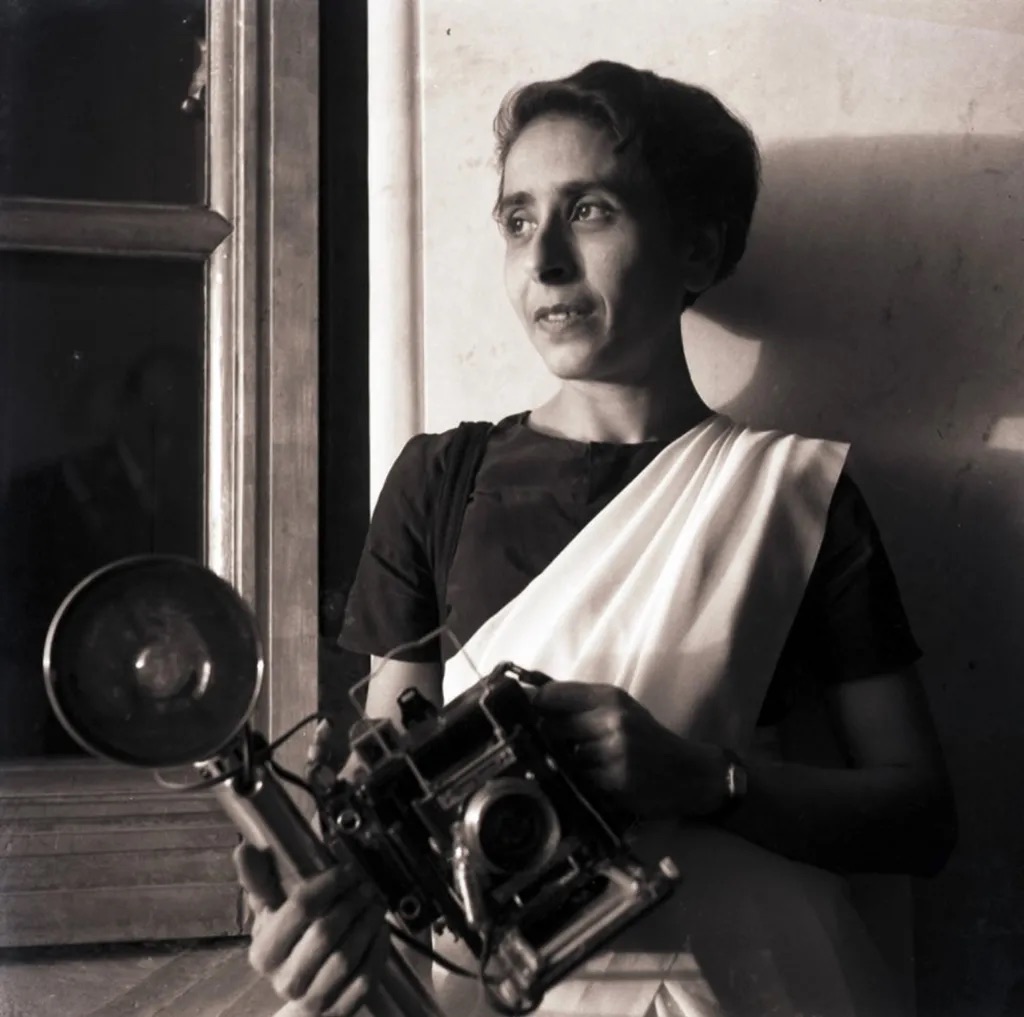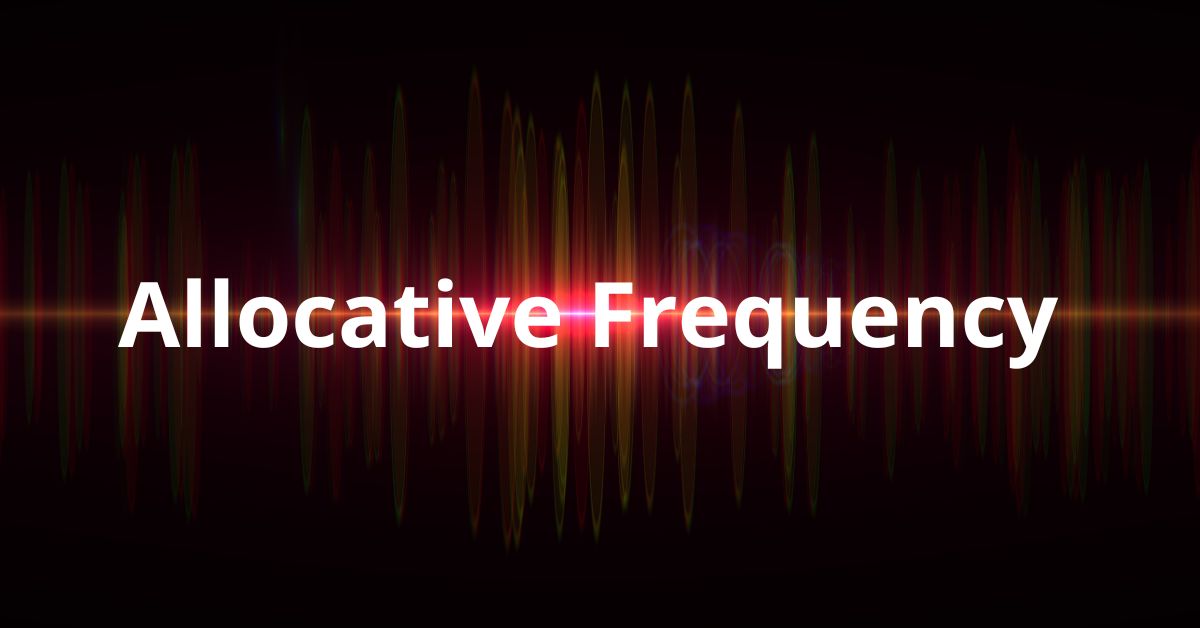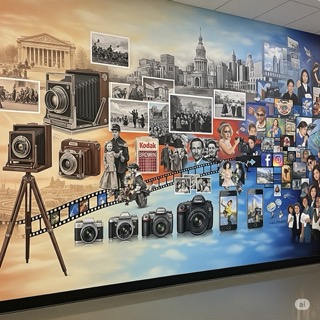During The 1940s, social responsibility theory emerged as the predominant normative theory of media practice in the world. It represented a compromise between radical libertarian views and calls for technocratic control. Social responsibility theory put control of media content in the hands of media practitioners, who were expected to act in the public interest. No means existed, however, to compel them to serve the public. They were free to decide what services were needed and to monitor the effectiveness of those services. Since its articulation by the Hutchins commission, most media practitioners have at least been introduced to the basic ideals of social responsibility theory. As such, when they are questioned about their work, most provide explanations based on social responsibility notions. In addition, many different news production practices have been developed in an effort to implement these ideas. Still, there seems to be little enthusiasm among many media professionals for social responsibility theory’s focus on the public good and on broad-based reporting about significant events. In addition, as the conflict between social responsibility and profitability continues to grow in our increasingly concentrated and commercialized media, responsibility becomes less central to the mission of many media organizations.
Media critics such as Gaye Tuchman and W. Lance Bennett have charged that media coverage of minority groups and social movements actually impedes or subverts group activities. They argue that ritualistic balancing of news combined with overdramatized coverage has popularized false impressions of groups or reinforced negative steneotypes. Groups get little real assistance from media. Most media services are aimed at demographic segments favoured by advertisers not at those groups in greatest need of help. Media have chronicled the decay of cities but have done little to create “Great Communities”. Their target audiences are generally in the affluent suburbs, not the inner-city ghettos.
Q1. Who suggested the social responsibility theory of media?
(A) Gaye Tuchman
(B) Lance Bennett
(C) Hutchins Commission
(D) Media Practitioner
Correct Ans: (C)
Explanation:
The Hutchins Commission introduced the concept of social responsibility theory in the 1940s. This theory emerged as a response to the radical freedom of the press seen in earlier models. Instead of advocating strict government control or complete press freedom, it struck a balance. It placed ethical responsibility in the hands of media practitioners. They were expected to work in the public interest while retaining their editorial freedom.
Even though the Commission didn’t have legal authority, its influence shaped modern media ethics. It encouraged news outlets to self-regulate and ensure that their reporting served society. Media professionals became aware of their duty to inform, educate, and reflect social realities fairly. Thus, the theory represented a shift from profit-centered media to purpose-driven journalism.
Q2. What does the social responsibility theory suggest for the media practitioners?
(A) Questioning themselves
(B) Serving the public
(C) Highlighting the affluent in society
(D) Criticising the poor
Correct Ans: (B)
Explanation:
At the core of the social responsibility theory lies one key principle—media should serve the public. It emphasizes ethical journalism. Practitioners should report events truthfully and inclusively. They need to prioritize accuracy over sensationalism and consider how content affects society.
This theory doesn’t impose rules but encourages journalists to self-regulate. Media professionals have the power to choose stories, but they must balance freedom with responsibility. They must ask, “Does this help or harm society?” Therefore, the theory motivates journalists to go beyond chasing views and to think about their role in shaping public discourse.
Q3. Who is the critic of social responsibility theory of media in the above passage?
(A) Lance Bennett
(B) Everett Dennis
(C) William Hutchins
(D) Dennis Goulet
Correct Ans: (A)
Explanation:
Lance Bennett, along with Gaye Tuchman, emerges in the passage as a critic of how social responsibility theory plays out in practice. They point out a gap between theory and reality. While the theory promotes fairness, media often reinforces stereotypes and fails to uplift underrepresented voices.
They argue that the media, under the guise of balanced reporting, can distort public perception. Minority groups and social movements, instead of receiving support, often face misrepresentation. This criticism highlights a critical flaw—the theory depends heavily on the goodwill of practitioners without any enforcing body. So, critics like Bennett expose how commercialization and bias dilute the theory’s noble intentions.
Q4. Whom do most media services aim at, according to the passage?
(A) Demographic segments
(B) Media practitioners
(C) News producers
(D) Inner ghettos
Correct Ans: (A)
Explanation:
Media companies often tailor their content to demographic groups favored by advertisers. This means their real target is not necessarily the public in need but those who can bring in profits. Advertisers prefer affluent audiences, so media outlets shape content to attract them.
As a result, inner-city issues and marginalized groups receive less attention. Media decisions, driven by ad revenue, conflict with the ideals of social responsibility. Instead of serving the entire public, media outlets cater to specific marketable demographics. This shift weakens journalism’s power to inform and uplift all sectors of society equally.
Q5. What is the view of media critics of present practice of media under social responsibility theory?
(A) Contributing to development
(B) Covering the affluent’s news
(C) Ethical reporting
(D) Reinforcing negative stereotypes.
Correct Ans: (D)
Explanation:
Critics like Tuchman and Bennett believe that current media practices, even under the label of social responsibility, often reinforce harmful stereotypes. Instead of empowering marginalized groups, the media sometimes undermines them. This happens through over-dramatization and shallow coverage.
Balanced reporting can sometimes give legitimacy to false narratives. Sensationalism and selective framing create skewed public perceptions. Consequently, instead of helping communities or solving issues, media coverage may worsen societal divisions. Therefore, critics argue that the implementation of the theory falls short, allowing stereotypes and misinformation to flourish unchecked.



